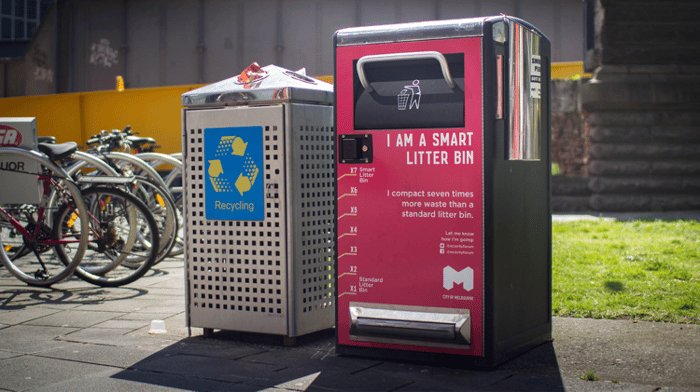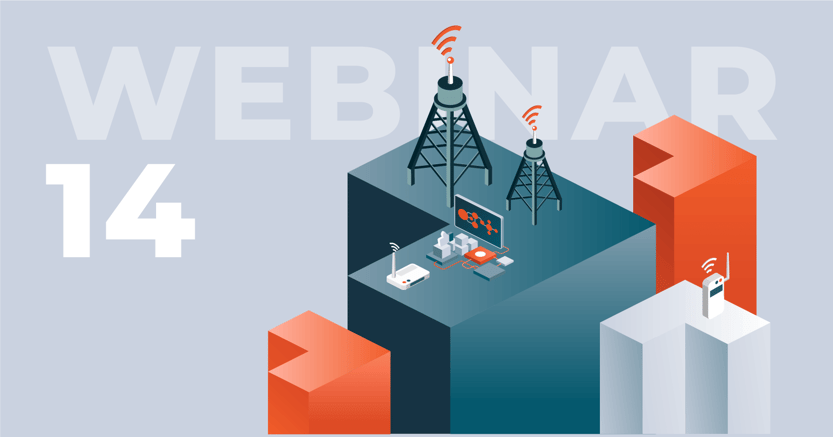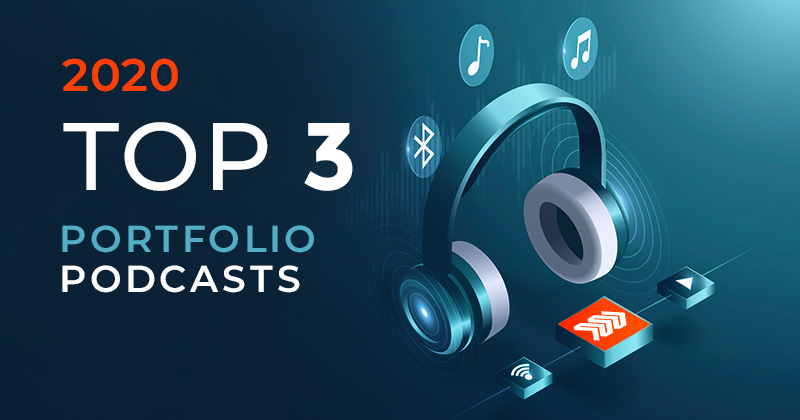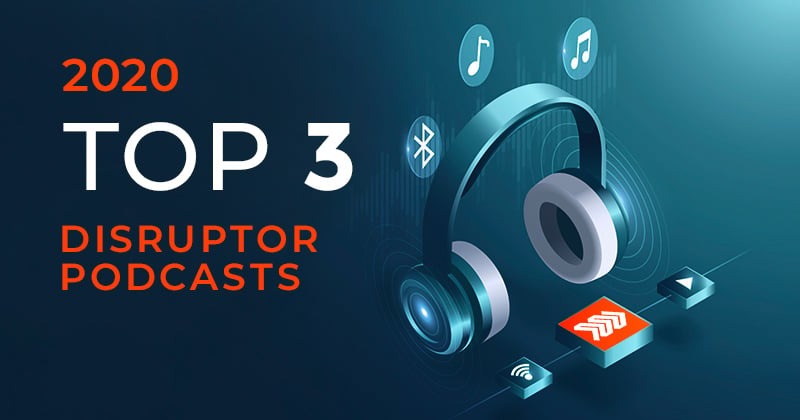Value Vector
The Future of LPWAN: Technology Accelerating IoT (Part 2)
Doug Harp

In the first part of our Series on LPWAN, we covered the emergence of LPWAN, the relevance to IoT and the deployment models. In this blog, we will cover the economics of LPWAN, the use cases and what the future of LPWAN might look like.
Addressing the need for an ecosystem
The economics of LPWAN technologies are as much driven by technology as the ecosystem around it. Solving use cases require the alignment of hardware, software and service providers around communications protocols, operations, price points, availability, and performance. Hardware manufacturers need to provide sensor modules and gateways that will meet target power usage and price points. Software providers will have to offer effective network operations and management at a price point of few dollars per year per sensor. Service providers will take on deploying, managing and offering connectivity services. LPWAN communication technologies, by virtue of leveraging unlicensed spectrum, offer multiple options for new approaches and ecosystems. Consequently, ecosystems have evolved in different ways.
Examples of LPWAN ecosystems include:
LoRa Alliance: Partly Started by Semtech, LoRA Alliance has now reached 500 members with a strong set of hardware manufacturers, software providers, and operators. Some of the key software providers in this space are Actility, Orbiwise, and Loriot.
Sigfox: built a solution and partnered with hardware manufacturers to provide a complete solution. Additionally, Sigfox partners with an operator to deploy and manage the network. Sigfox is currently deployed in 30 countries.
Others – A number of other players have also developed alternative technologies most notably Ingenu, Nwave, Link Labs with various versions of LPWAN offerings
While we have focused on horizontal connectivity providers, a few players such as Nwave, have focused on providing an end-to-end solution for specific use cases such as parking.
Use cases addressed by LPWAN
The use cases LPWAN addresses can be broken down by verticals or categories. Target use cases benefit from ubiquitous, wireless, cost-effective connectivity for sensors and conditions that require minimal maintenance or lack accessibility. These include alerting, monitoring and tracking use cases where data from multiple sensors come together to drive incremental efficiency. Here are a few industry examples:

- Smart Cities – All the trash bins in a city are connected and monitored. Trash collection and management operation run on a just-in-time basis. This improves hygiene while reducing the cost of operations to the city.
- Manufacturing – Sensors and machines across a large manufacturing facility can be connected wirelessly with data aggregated and analyzed to optimize operations, prevent downtime and reduce risk.
- Logistics and Transportation – By connecting refrigerators across the food supply chain, the quality of ingredients can be tracked from “soil to spoon”.
- Smart Buildings - Energy efficiency is a critical objective for building managers. LPWAN allows thousands of sensors to be connected together to deliver insights on energy usage and occupancy of buildings.
- Oil & Gas - Now monitoring and safety assessments are performed electronically instead of shutting down the facility every few months for mandatory assessments.
What shapes how the future will look?
The good news for users is that ubiquitous connectivity - from environmental sensors in a vineyard to unpowered tracking sensors is becoming cost-effective. As a result, two viable scenarios have emerged:

- Current use cases can lower costs with LPWAN – this could include tracking and monitoring scenarios which were previously too expensive.
- Use cases considered low ROI have suddenly become viable: This includes agricultural soil and environmental monitoring.
To predict the future of LPWAN, we highlight the following three perspectives:
1. Role of mobile operators: While the focus has been on connectivity for the last few years, technology and business models will start to mature and mobile operators will likely play a stronger role than today. At Mobile World Congress in San Francisco, the top four telcos in the USA agreed that simplicity of onboarding, billing, and certification was critical to shift from a cell-phone centric system to a device-centric business. Nokia, a major supplier to many telcos, is investing in NB-IoT. Orange is partnering with Actility to deploy LoRA.
Current LPWAN players are also adapting to changing market dynamics. Some of the current LPWAN players are ignoring telcos completely while others have prioritized partnering with them. While others aspire to become telcos themselves with LPWAN offerings. All the LPWAN players are focused on market development and market share. Successful players will not only have to create the infrastructure but also the market and services.
2. Convergence of standards: As the market matures, standards will start converging. NB-IoT is an LPWAN standard for licensed spectrum, but it doesn’t have the same level of traction as standards in unlicensed spectrum. For the near future, the market will be hybrid in nature, supporting multiple standards with a focus on speed of deployment. Over time, the focus will shift to efficiency and risk management, then convergence rather than market development.
An advantage of a fundamentally unregulated market is that it allows self-organizing ecosystems to flourish and evolves through competitive innovation.
3. Evolution rather than revolution: Today, LPWAN technologies in unlicensed spectrum are leading the charge in production deployments. However, the market is still early and early adopters are willing to invest in deployments that can generate immediate ROI. Similar to how the 4G market evolved with Wi-MAX, the Low Power WAN market will experience substantial innovations in the next few years. Many of the current providers will choose to support the major standards, both in the unlicensed as well as unlicensed spectrum
End-users that can directly benefit from LPWAN need to focus on use cases that generate immediate ROI while offering enough freedom to integrate newer technologies as they mature.
LPWAN has been critical in realizing the vision for IoT and will continue to create new value. The focus is already shifting from pure connectivity to leveraging data collected to power new insights and smarter actions.
Partners with an understanding of this space, like Momenta Partners, can help companies at all points of the value chain evolve to embrace and benefit from the potential of LPWAN.

Want to learn more about LPWAN technology and how it's being implemented in Connected Industry? Join us on Thursday, June 6th for a webinar presentation featuring LPWAN industry experts to discuss the critical path for these networking capabilities.
LPWAN
Ready to Take Connectivity's Center Stage?





